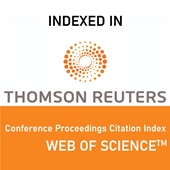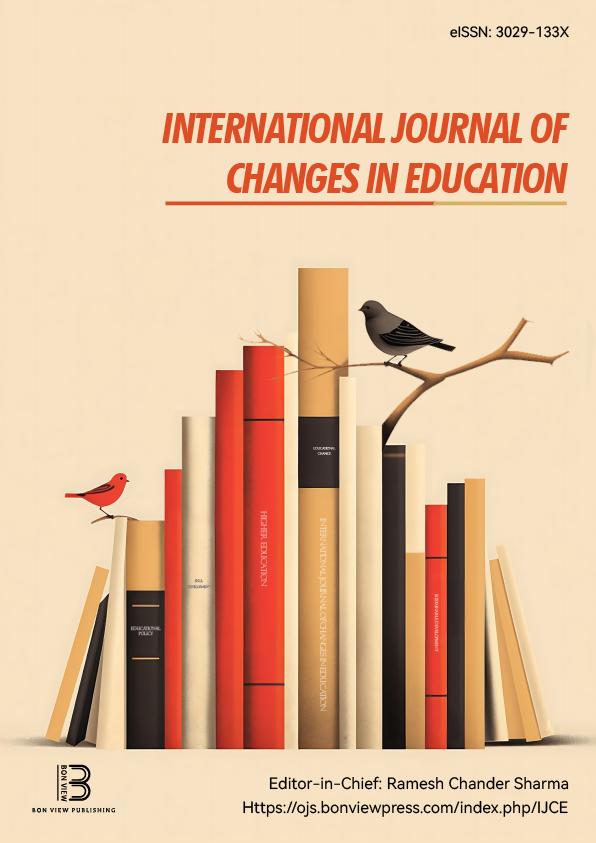Dyspraxia
Matthew Starr, ELT Primary and Secondary Assessment Writer (United Kingdom)
Abstract
Dyspraxia is a disorder that I believe isn't talked about enough. It impacts our development, our physical learning and our mental health. ESOL or MFL students with dyspraxia face particular difficulties that makes learning a second language extra hard. In this interactive talk, I will guide you through what it is like to have dyspraxia, based on my own personal battles and experience. Then the focus will move onto methods in which you as the teacher could assist your students who have dyspraxia. Experts dictate the best approach, yet it's not what the individual needs but what they want, that is important. Although there is a very small element of theory, the key themes of the talk are that, everyone is different, dyspraxia stays with you for life and the focus should be not what people need but what they want. This will hopefully make the learning environment more inclusive, as it’s colleagues, family members, teachers, and managers who really make the difference. Assessing whether someone has dyspraxia isn't easy, as the signs vary from person to person. As does the management of these 'signs'. One thing is for sure, having supportive people around you is fundamental. As an experienced teacher and writer (ELT), I'm passionate about collaboration and education, so join me in discussing what is an under-talked about topic.
|
Keywords |
Dyspraxia, learning disability, ESOL, teaching techniques |
 Innovation in Language Learning
Innovation in Language Learning





























